Turning waste into sustainable power
By Staff Report September 3, 2025 2:23 pm IST
By Staff Report September 3, 2025 2:23 pm IST
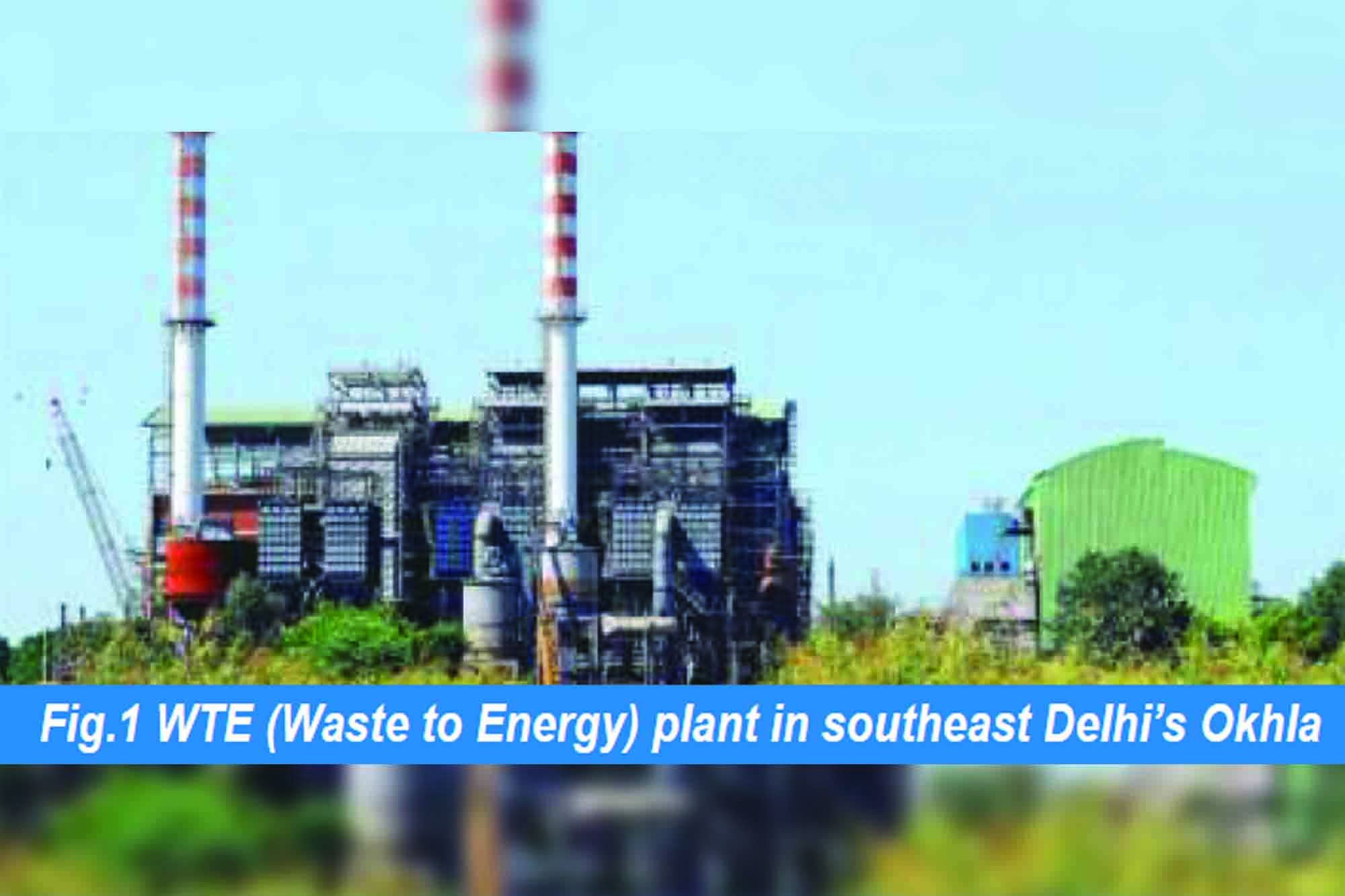
Global waste generation has surged due to rapid urbanisation, industrial expansion and population growth.
The improper waste disposal contributes to multiple ecological crises:
Air pollution: Open burning of waste releases dioxins, furans and particulate matter (PM2.5 & PM10), contributing to respiratory diseases and climate change.
Land degradation: Approximately 33 percent of global waste is disposed of in open dumps, leading to soil contamination and reduced agricultural productivity.
Water pollution: Leachate from landfills pollutes groundwater, affecting over 1.2 billion people globally.
Greenhouse gas (GHG) emissions: Landfills emit 20 percent of global methane (CH₄) emissions, a potent greenhouse gas with a 25-times higher global warming potential than CO₂ over 100 years.
Over 62 million metric tons of solid waste is generated annually with only 30 percent effectively processed in India. The rest is either dumped in landfills or burned, exacerbating environmental degradation. Given the country’s growing energy needs, a sustainable approach to waste management is imperative.
Waste management and WTE technologies
Types of waste
Waste generation can be broadly categorised into different types based on its composition, source and potential for energy conversion. Understanding these waste streams is essential for identifying suitable Waste-to-Energy (WTE) technologies.
Municipal solid waste (MSW): These wastes comprise household and commercial waste, including biodegradable, plastic, metal, glass and paper waste. India generates 62 million metric tons of MSW annually with only 30 percent effectively processed.
Industrial waste: Includes process residues from manufacturing, chemical, textile and metallurgical industries. The country produces 100 million metric tons of industrial waste annually, with a high fraction of hazardous and non-biodegradable components.
Agricultural and biomass waste: Includes crop residues, livestock waste and food processing byproducts. India generates over 500 million metric tons of agricultural waste annually, with a significant portion burned in open fields (e.g., stubble burning in Punjab and Haryana).
E-waste (electronic waste): Includes discarded electrical and electronic appliances containing valuable and toxic materials. India is the third-largest producer of e-waste globally, generating 3.2 million metric tons annually.
Hazardous and biomedical waste: Includes medical, chemical and radioactive waste requiring specialised treatment. The country generates 780,000 metric tons of biomedical waste annually with 40 percent inadequately disposed of.

Existing waste-to-energy technologies
The waste-to-energy (WTE) sector encompasses several established and emerging technologies that convert various types of waste into usable energy forms. (Refer figure 2)
Incineration and thermal power generation: Incineration is the combustion of waste materials at high temperatures (850-1,200°C) to reduce waste volume and generate electricity. The heat produced is used to generate steam, which drives turbines to produce electricity. (Refer figure 3)
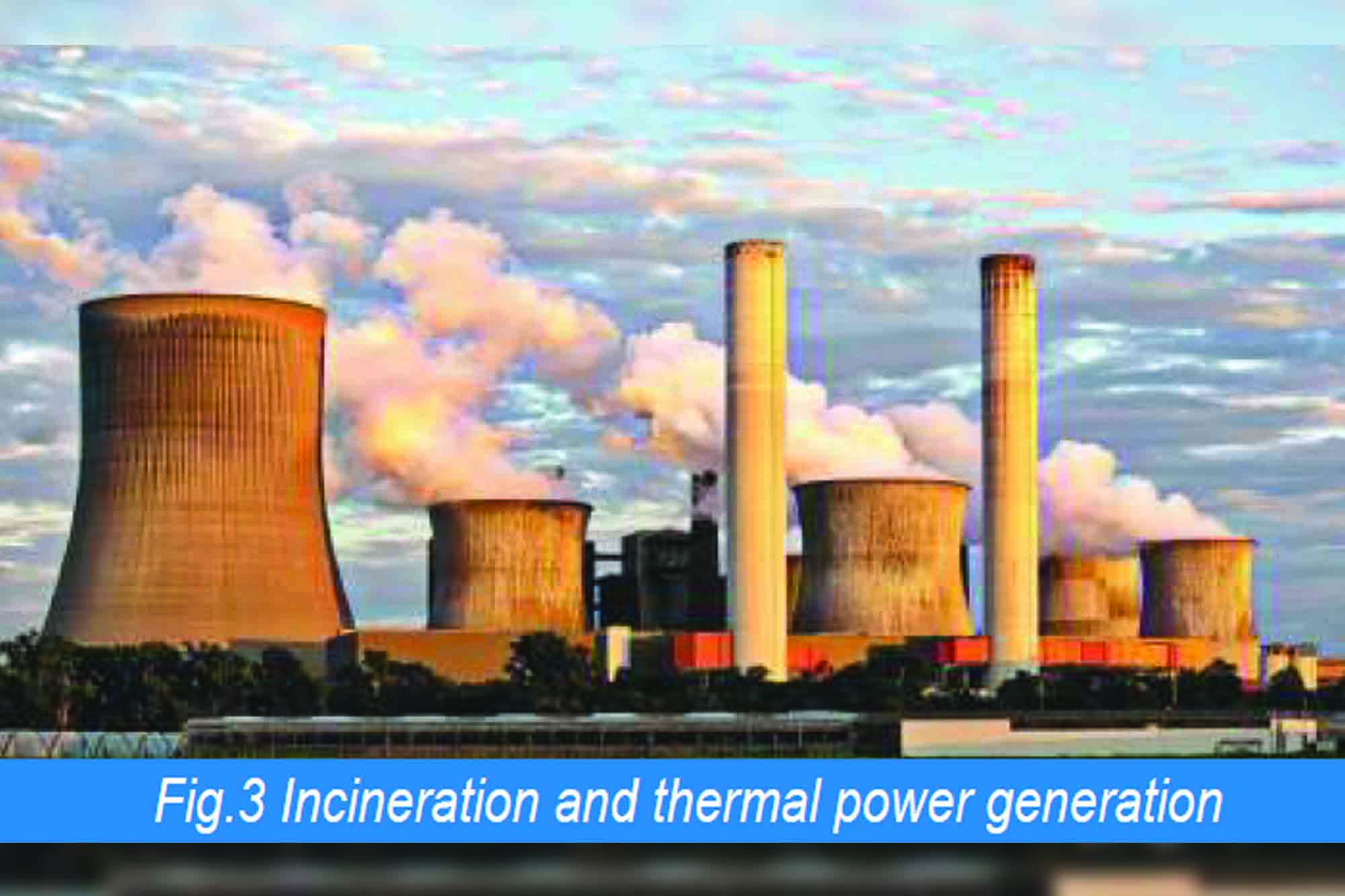
Anaerobic digestion and biogas production: Anaerobic digestion (AD) is a biological process where microorganisms break down organic waste in the absence of oxygen, producing biogas (CH₄ + CO₂) and digestate (nutrient-rich fertiliser).
Landfill gas recovery systems: Landfills generate methane (CH₄) as organic waste decomposes under anaerobic conditions. Landfill gas (LFG) recovery systems capture and process this methane for energy production.
Pyrolysis and gasification: Both pyrolysis and gasification involve thermal decomposition of waste in the absence (or limited presence) of oxygen. (Refer figure 4). While pyrolysis converts waste into bio-oil, syngas and biochar, gasification produces syngas (CO + H₂), which can be used for electricity generation or synthetic fuel production.
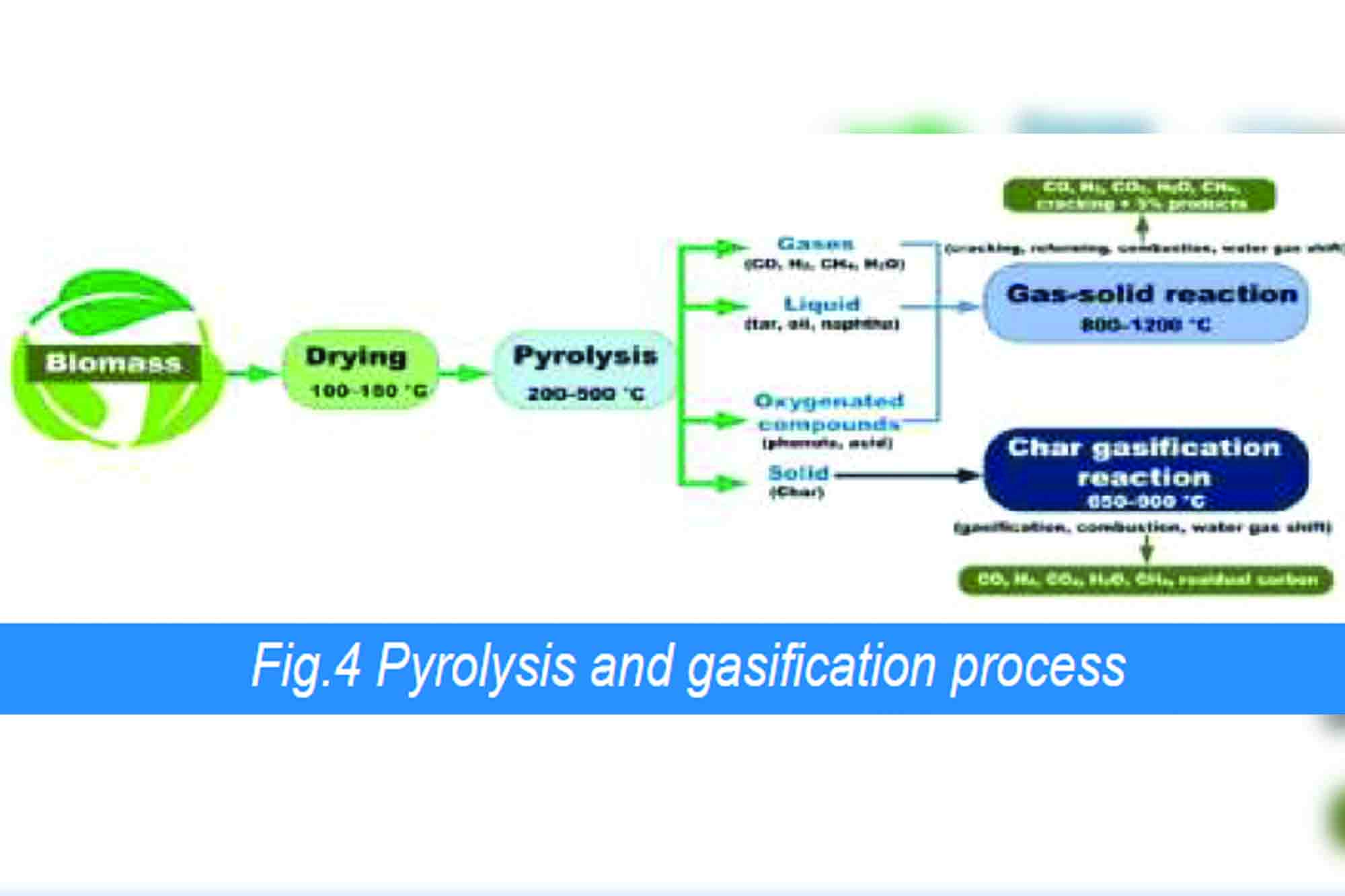
Plasma arc gasification: Plasma arc gasification (PAG) uses ultra-high temperatures (3,000–10,000°C) generated by plasma torches to break down waste into syngas and vitrified slag (a glass-like, non-toxic byproduct).
Innovative and emerging technologies
While conventional waste-to-energy (WTE) technologies such as incineration, anaerobic digestion and gasification have proven effective, ongoing research is unlocking new innovative methods to convert waste into energy more efficiently. These emerging technologies focus on sustainability, higher energy yield and reduced environmental impact.
Hydrothermal carbonisation (HTC): Hydrothermal Carbonisation (HTC) is a thermochemical process that converts wet organic waste (food waste, sewage sludge, agricultural residues) into hydrochar (bio-coal) under moderate temperatures (180–250°C) and high pressure (2–10 MPa) in a water-rich environment. (Refer figure 6)

Microbial fuel cells (MFCs): Microbial fuel cells (MFCs) utilise electrogenic bacteria that break down organic matter and release electrons, which can be harnessed to generate electricity. The process occurs in an anode and cathode chamber separated by a proton exchange membrane. (Refer figure 7)
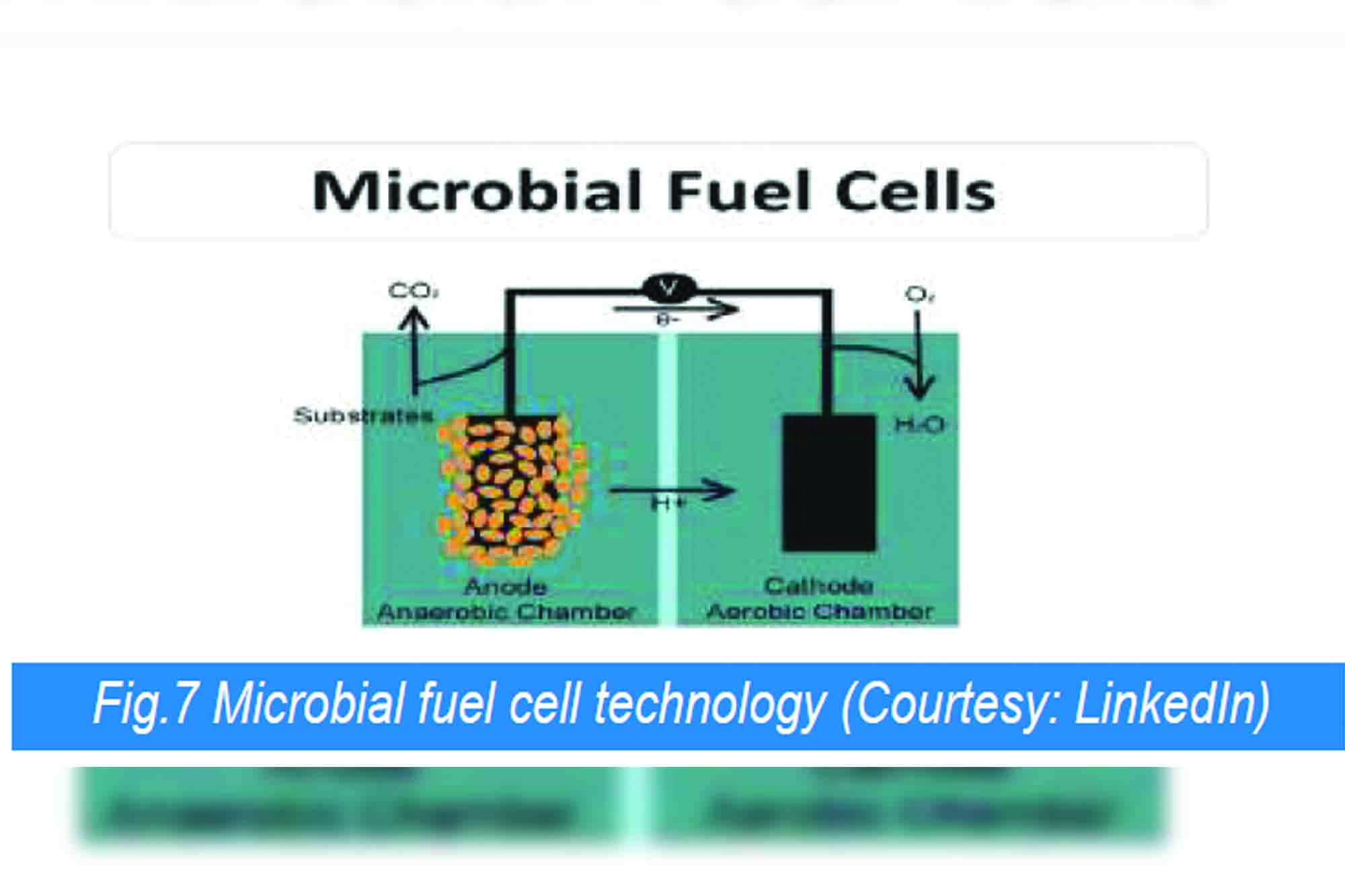
Algae-based biofuel from wastewater: Algae-based biofuel production involves cultivating algae in wastewater, which absorbs nutrients and organic matter while generating lipid-rich biomass. This biomass is then processed into biofuels (biodiesel, bioethanol and biogas).
Artificial photosynthesis for waste conversion: Artificial Photosynthesis (AP) is an advanced technique that mimics natural photosynthesis to convert CO₂ and organic waste into clean energy using solar energy-driven catalysts.
Waste management practices
Waste management varies widely across countries, with developed nations adopting advanced waste treatment and circular economy models while developing nations struggle with inefficient collection, segregation and treatment.
Waste management in India
Landfilling: 80-85 percent of India’s waste is dumped in open landfills such as Ghazipur (Delhi) and Deonar (Mumbai), leading to environmental hazards.Composting and biogas production: Only 10 percent of organic waste is composted or converted into biogas due to a lack of large-scale infrastructure.
Recycling and informal sector contribution: India has a 28 percent recycling rate, largely driven by the informal sector (ragpickers, small recycling units).
Incineration and waste-to-energy plants: India has 14 operational WTE plants, but many struggle due to low calorific value and poor waste segregation.
Challenges in waste management
India’s current waste management system faces several roadblocks:
Inefficiency in waste collection and processing: 70 percent of MSW is uncollected or improperly managed, leading to landfill overflows and pollution.
Lack of waste segregation at source: Only 30 percent of Indian households practice source segregation, making WTE processes less efficient.
High operational and capital costs: WTE plants require high capital investment ($30-$50 million per plant) with slow return on investment (ROI).
Public resistance and environmental concerns: Poorly managed incineration releases toxic emissions (dioxins, NOx, SOx), leading to public opposition.
Bio power and WTE generation
Bioenergy refers to the energy derived from biological sources, known as biomass. Biomass is any organic material that comes from plants, animals or microorganisms. Bioenergy is considered renewable because its sources, such as plants and organic waste, can be replenished through natural processes or agricultural practices. Unlike fossil fuels, which take millions of years to form, biomass can be regenerated relatively quickly.
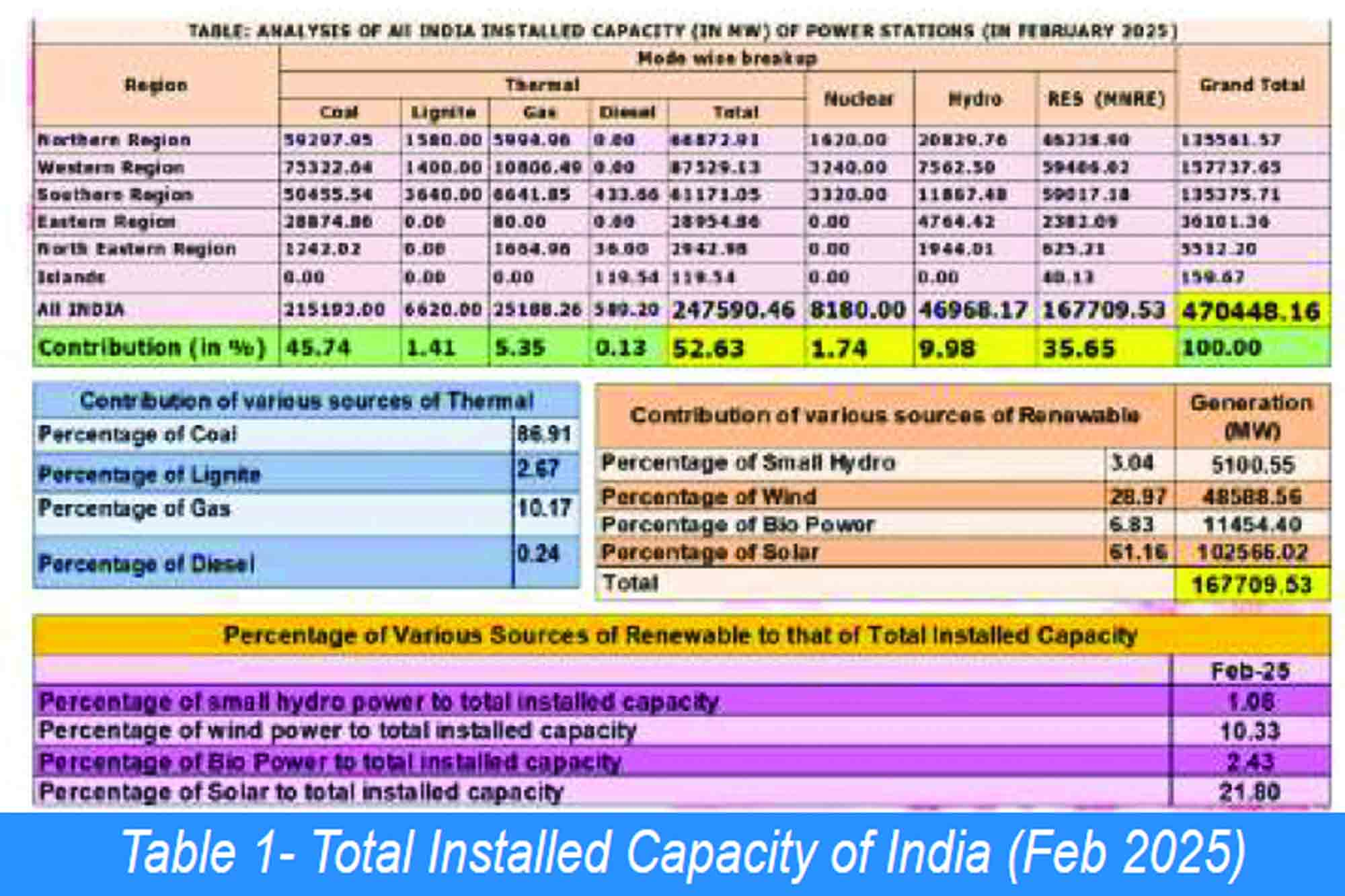
As per the latest reports from the Central Electricity Authority (CEA), the percentage contribution of waste-to-energy (WTE) to India’s total installed power capacity remains relatively (0.15 percent of total installed capacity) small but is gradually increasing. The total installed capacity of power generation in India as of February 2025 is around 470 GW, which represents a modest share of the overall power mix dominated by thermal, hydro and renewable energy sources like solar and wind.
While this percentage is low, there is growing recognition of the potential of WTE as a dual-purpose solution for waste management and renewable energy generation. Currently, major cities like Delhi, Pune and Bengaluru have operational WTE plants, but many more are in the pipeline. Government’s focus on improving waste management and increasing the share of renewables in the energy mix is expected to drive the growth of WTE projects. With the installation of more WTE plants across the country, this contribution could rise significantly in the coming years.
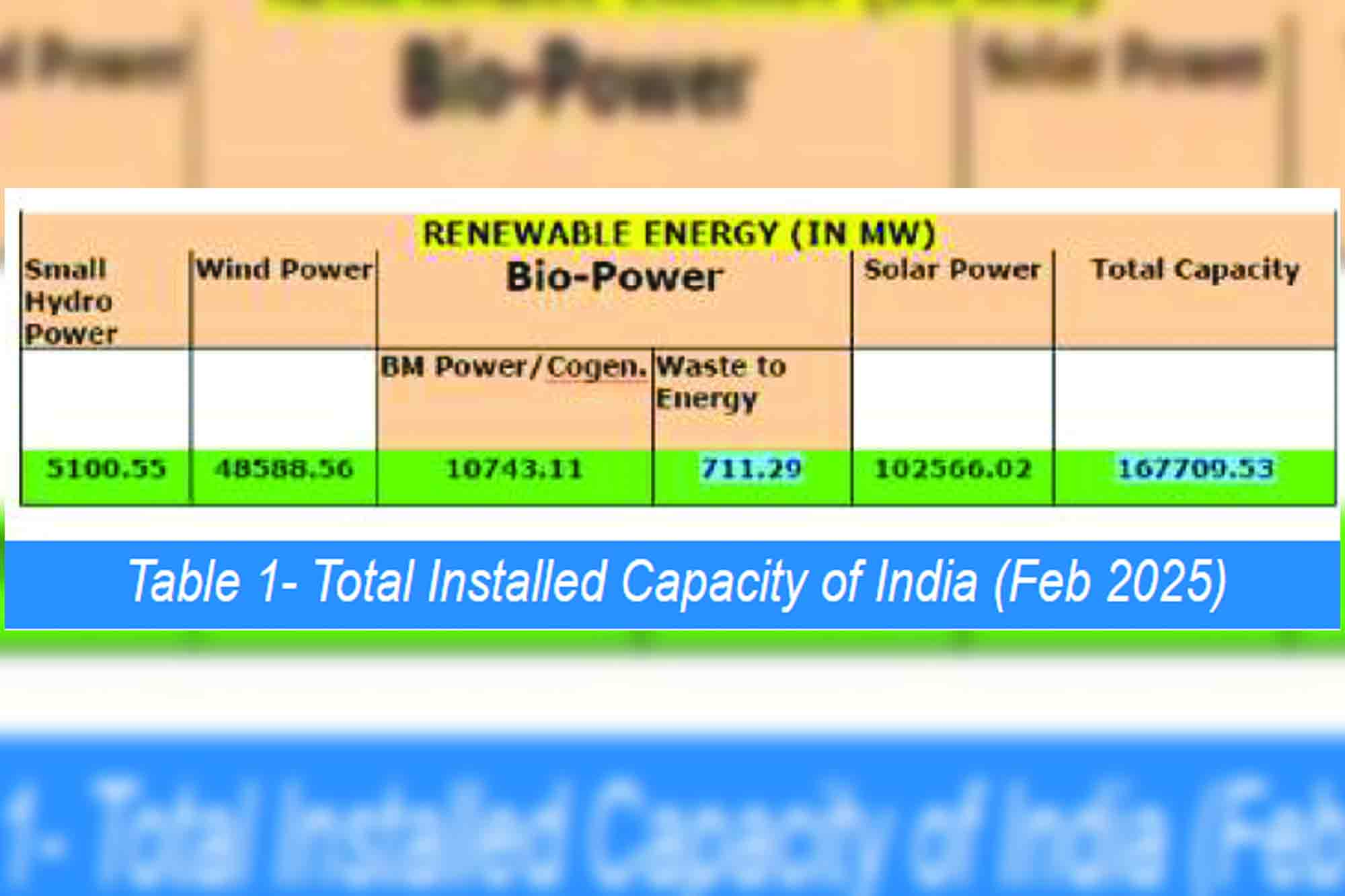
WTE implementation strategies
While Waste-to-Energy (WTE) technologies offer immense potential for sustainable energy generation, their successful deployment in India requires a multi-pronged approach involving policy reforms, economic viability, efficient waste collection and public engagement.
Policy and regulatory framework: The Government has introduced several policies and guidelines to promote waste management and renewable energy. Despite these policies, several regulatory gaps hinder WTE adoption.
The key reforms required include strict enforcement of waste segregation laws to improve fuel quality for WTE plants. This also comprises subsidy structures for bio-energy projects similar to solar and wind energy policies. And stronger landfill regulations to ensure that only non-recyclable waste is sent for WTE processing.
Economic feasibility and investment opportunities
Implementing large-scale WTE projects requires significant capital investment. India can adopt various funding models, such as government grants and viability gap funding (VGF), public-private partnerships (PPP), green bonds, and foreign direct investment (FDI).
Waste segregation and collection systems
The lack of proper waste segregation leads to inefficient WTE plant operations. Key strategies for improving waste collection include:
Decentralised waste processing comprising local composting and biogas plants for organic waste and material recovery facilities (MRFs) for recyclables.
Integration of smart waste collection technologies consisting of IoT-based waste bins that notify collection agencies when full and GPS-enabled waste collection trucks for optimised routing.
Formalising the informal waste sector, in which the country has over 4 million informal waste workers (ragpickers). Municipal corporations should integrate them into formal waste collection systems, providing minimum wages, training on waste segregation techniques and access to protective equipment.
Conclusion
The Waste-to-Energy (WTE) sector presents a transformative opportunity for India to address its waste crisis while generating clean energy. This paper has explored existing and emerging WTE technologies and implementation strategies tailored for India. Despite challenges such as a lack of proper waste segregation, technological limitations and high capital costs, India’s WTE sector is poised for growth. The country’s potential for WTE is significant, with estimates suggesting that India could generate up to 1,000 MW from waste by 2030 if the sector is developed efficiently. This would not only help reduce waste in landfills but also contribute towards renewable energy and climate goals.
****************************
Authored By:
Divyanshu Arora, Final year Electronics and Communication Engineering student at Bharati Vidyapeeth’s College of Engineering, Delhi.
Dr. Rajesh Arora, a PhD in grounding system design from UPES, Dehradun, certified Energy Manager and Auditor, presently working in the D&E (Design and Engineering) department of DTL.
We use cookies to personalize your experience. By continuing to visit this website you agree to our Terms & Conditions, Privacy Policy and Cookie Policy.